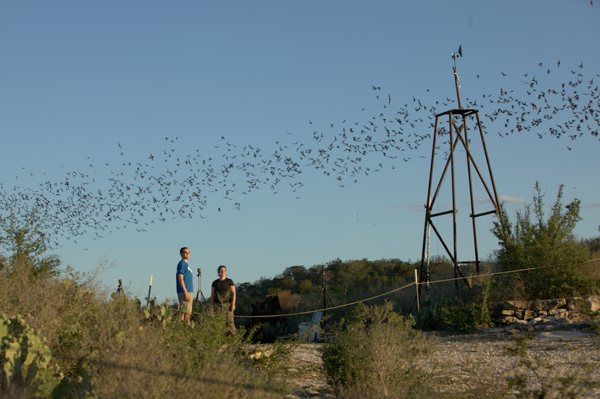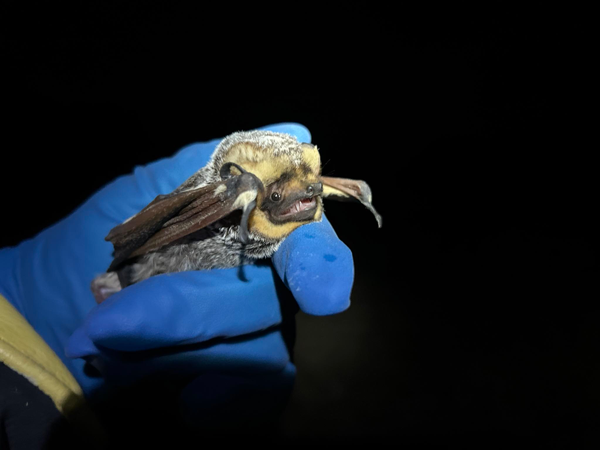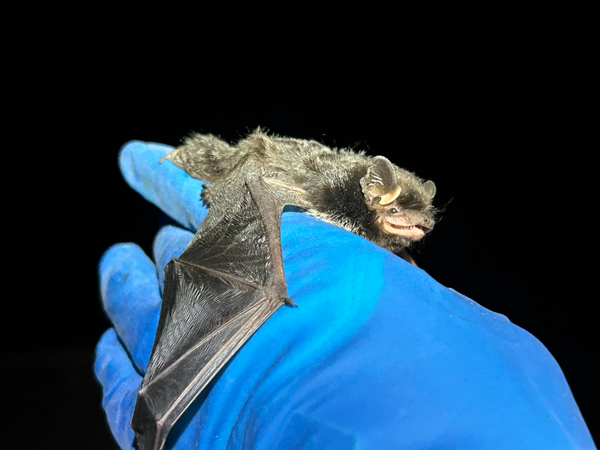
Texas Wildlife Research Program
Pittman-Robertson Grant Highlights
Each year, the TPWD Wildlife Research Grants program awards between $1 and $2 million in federal Pittman-Robertson Act funds for research on Texas’ native wild birds and mammals. This process starts with an annual review by Wildlife Division staff to identify our current, greatest research needs for managing these species. Based on that review process, we then post requests for proposals online for those research needs, and the Wildlife Division follows a competitive review process to award project proposals submitted by qualified Universities or non-governmental organizations. Below are the highlights of projects awarded over the last 7 annual funding cycles of the program (from fiscal year 2019 onward).
Fiscal Year 2020
Distribution and Abundance of Summer Bats in Texas
Principal Investigators: Sarah Fritts and Ivan Castro-Arellano — Texas State University
TPWD Project Coordinator: Jonah Evans
Status: In Progress

Bat location technology.
Project Summary: This project seeks to assess the population status and trends of bats statewide as part of a larger effort to understand bat populations on a national scale, known as the North American Bat Monitoring Program (NABat). Bat populations face intense pressures from white-nose syndrome (WNS) and wind energy. WNS is a deadly disease caused by the fungus Pseudogymnoascus destructans that has caused significant population declines of some hibernating bats, including tri-colored bats (Perimyotis subflavus) and cave bats (Myotis velifer). In addition, the unintended consequence of wind energy is affecting many species across Texas, the leading producer of wind energy in the U.S., but largely is a concern for migratory, tree-roosting species, particularly red bats (Lasiurus borealis, L. blossevillii, L. seminolus), silver-haired bats (Lasionycteris noctivagans) and hoary bats (Lasiurus cinereus). Knowledge gaps exist regarding the distribution, habitat associations and population movement of all bat species in Texas. Our objective is to assess the influence of landscape variables on the occupancy probability of hibernating and migratory bats across the state using stationary acoustic monitoring at 96 sites continuously from 2020 to 2023. Seasonal data will be assessed from four, 4-day periods per year and we will use habitat type (barren, water, cultivated, developed, forest, grassland) at three spatial scales and karst proximity as covariates. We will incorporate landscape data into future dynamic and multi-species occupancy models to further examine the critical regions and habitat needed to manage and conserve species at risk from WNS and wind energy.

Hoary bat

Silver-haired bat